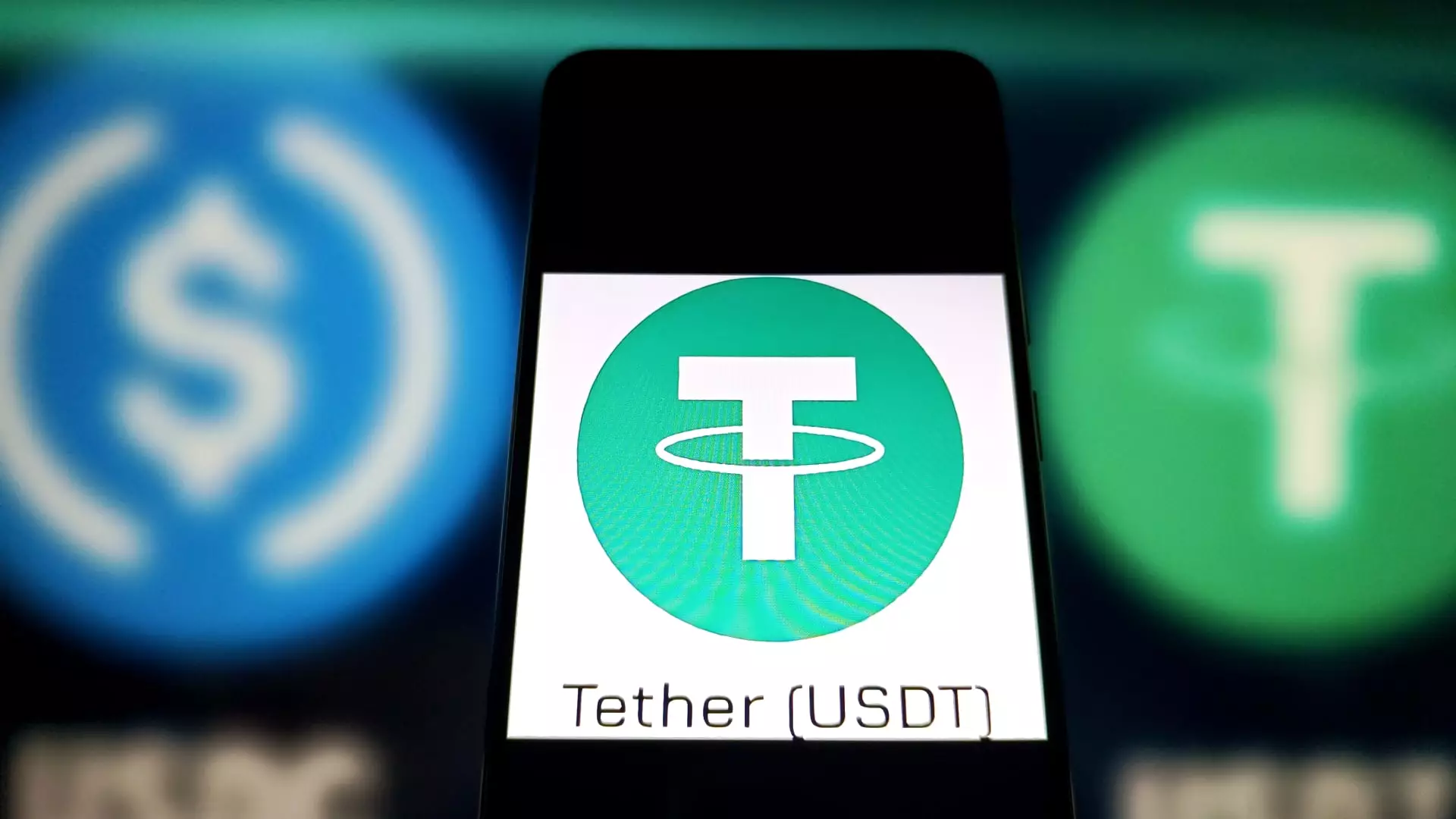On a pivotal Wednesday for the digital finance landscape, Hong Kong has taken a monumental step by passing a new stablecoin bill that expands its cryptocurrency licensing framework. This strategic move signifies a broader global acknowledgment of the potential of digital assets, especially stablecoins, which are distinct from traditional cryptocurrencies like Bitcoin due to their pegged value to real-world assets. This advanced regulatory environment aims not just to catch up with the rapidly evolving financial technology sector but also to set a precedent that could influence jurisdictions worldwide.
By focusing on fiat-referenced stablecoins, Hong Kong seeks to establish a robust regulatory structure that ensures stability while embracing financial innovation. Unlike cryptocurrencies that exhibit substantial price volatility, stablecoins promise a stable valuation and offer advantages that may mitigate some of the traditional financial system’s inefficiencies, like cumbersome cross-border transactions. With the new law, stablecoin issuers will be mandated to secure a license from the Hong Kong Monetary Authority (HKMA) and adhere to stringent requirements related to asset reserves and the segregation of client assets.
The Road to Enhanced Compliance and Financial Stability
The HKMA articulates that this bill is designed to enhance the existing framework surrounding virtual asset (VA) activities, thereby promoting both financial security and technological advancement. Such initiatives are crucial for fostering trust within the industry and ensuring the confidence of investors and consumers. It is equally important that the regulations do not stifle innovation; thus, a careful balance must be struck where compliance allows room for creativity and growth.
The local government has communicated its commitment to implementing this stablecoin policy within the year, providing a “sufficient time” frame for all stakeholders to comprehend and strategize around the new requirements. This gesture symbolizes Hong Kong’s recognition of the fast-paced nature of the cryptocurrency sector and the critical need for transparency and trustworthiness.
Chengyi Ong, from Chainalysis, underscores the foundational role stablecoins play within the broader crypto ecosystem, positing that stability positions them as a viable solution to enduring issues within conventional finance. The utilization of stablecoins to streamline transactions holds transformative potential. This aspect of stablecoins is increasingly drawing the attention of regulatory bodies globally.
Global Perspectives: A Regulatory Trend on the Rise
Hong Kong’s novel approach comes on the heels of similar regulatory movements in various jurisdictions—the U.S. Senate’s advancement of the GENIUS Act serves as one example. This proposed legislation aims to establish the first comprehensive regulatory framework for stablecoin issuers, an initiative that other countries, including those within the European Union and Asia, are keenly observing and emulating. The momentum surrounding stablecoin regulation signifies a collective global effort to enable the emergence of robust financial products that could potentially reshape international finance paradigms.
With major economic hubs such as Hong Kong at the forefront of this regulatory evolution, it is expected that their models could serve as benchmarks for aspiring regulatory frameworks worldwide. Industry experts like YeFeng Gong from HashKey OTC highlight that with such regulations, Hong Kong positions itself as a leader in compliant digital finance, promoting institutional-grade reliability that can attract both retail and institutional investors.
A Double-Edged Sword: The Promise and Pitfalls of Regulation
Despite the enthusiastic expectations surrounding the stablecoin bill, it is essential to remain cautiously optimistic. The challenge lies in executing these regulations and ensuring they truly foster innovation rather than create a bureaucratic quagmire that stifles growth. While regulation is paramount for consumer protection and market stability, the risk of over-regulation must be carefully navigated. Striking an optimal balance where sustainable financial innovation thrives alongside responsible oversight is crucial.
As more governments recognize the potential value of stablecoins, the discussion about their role in the global economy becomes increasingly urgent. The future landscape of finance may well be defined by these digital currencies, but it is regulation, much like the infrastructure around traditional currencies, that will determine whether they can fulfill their potential.
Hong Kong’s stablecoin bill arrival marks an important chapter in the crossroad of finance and technology, pointing toward a future where stability and innovation can coexist harmoniously. The promise of stablecoins, coupled with the credibility provided by regulatory frameworks, may just hold the key to transforming our financial ecosystems for the better.


Leave a Reply